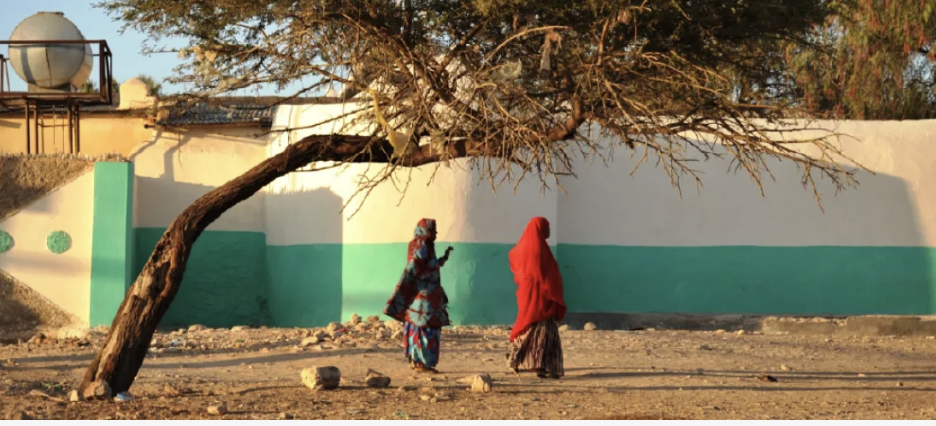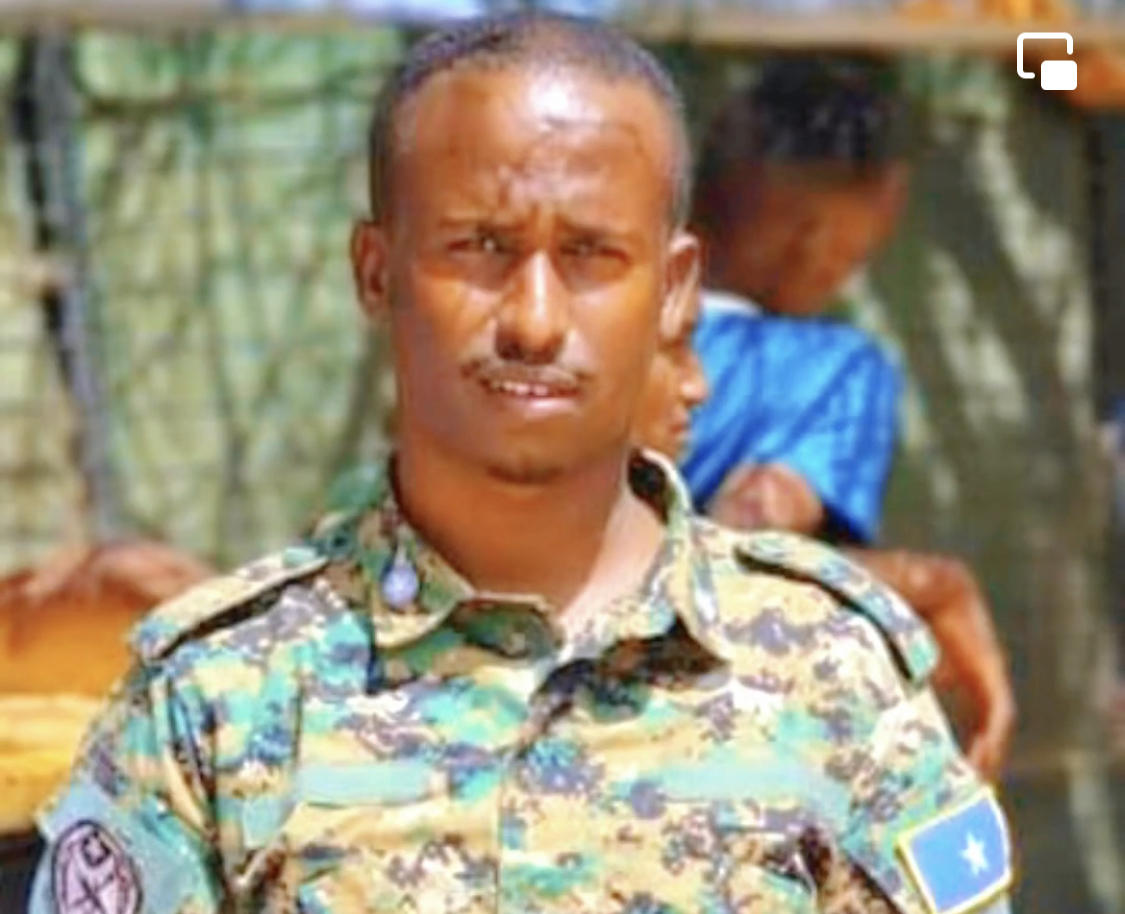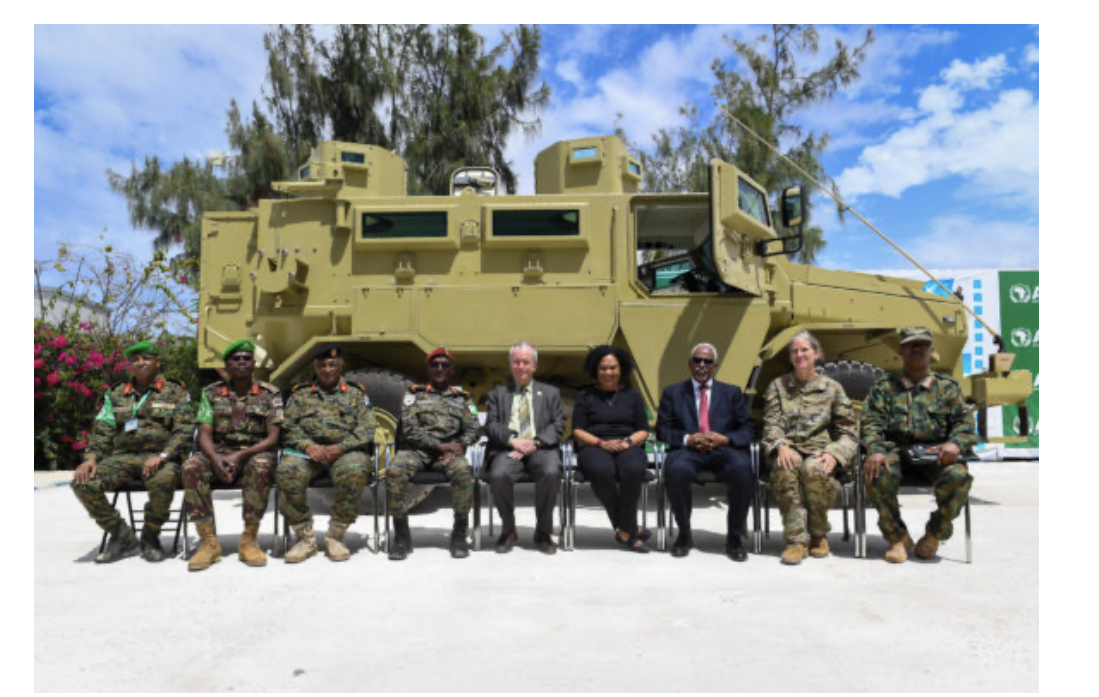Share the post "Relationship between Poverty and Violence against Civilians. Evidence from Somalia"
Many countries around the world continue to experience episodes of violence and conflict. In these fragile settings, authorities are often unable to provide basic services and social safety nets to their citizens, resulting in terrorist groups seizing the opportunity to establish themselves as alternatives to governments. In developing countries, acts of terrorism further erode already precarious economic conditions. ..
Although a terrorist attack may affect only a small fraction of the population and economy, the negative consequences can be far-reaching. Terrorism not only impacts the day-to-day lives of civilians, but over time, the loss of life, injuries, and negative psychological effects of an attack have a broad economic impact.
Links between conflict and poverty
Given that nearly two-thirds of the world’s poor are projected to live in conflict-affected countries by 2030, it is important to shed light on and better understand the links between conflict and poverty. A recent World Bank studyexplores how acts of violence that took place in Somalia between 2016-2018 – terrorism in particular – has impacted household income and poverty levels . It is one of the first studies to measure the causal impact of terrorism on consumption and poverty using household-level data in a fragile and conflict-affected country.
Somalia is one of the poorest countries in Sub-Saharan Africa. In 2017-18, it was estimated that 69% of the population lived below the standard international poverty line of $1.90 (Figure 1).
The study focuses on the attacks from Al-Shabaab, a recognized terrorist organization, against civilians in Mogadishu by measuring the attack’s immediate impact (within one week) on the surrounding local economy . The paper uses micro-data from two rounds of the Somali High Frequency Survey (SHFS), combined with geo-tagged information on the attacks. Round 1 includes 4117 household interviews done between February and March 2016, representing only 9 of the 18 Somali pre‐war regions, as the remaining areas were inaccessible for security reasons at the time of fieldwork. Round 2 expanded the coverage to 17 pre‐war regions and included 6092 household interviews done between December 2017 and January 2018. The analysis found that consumption of households exposed to terrorist incidents decreased by a third, mainly driven by a decline in food consumption. Consumption fell because fewer household members could work and earn income in the period immediately after an attack This ultimately led to a decline in consumption and exacerbated poverty and vulnerability. After a terrorist attack, limited food availability and higher prices also disrupt the economy and affect welfare conditions.
Poorer people were hit hardest
Households in the top 20% of the consumption distribution were not as severely impacted as those closer to the poverty line. This is because higher income households are more likely to have savings or other sources of income, allowing them to soften the economic shock from a terrorist attack and keep their consumption levels steady.
Within a week of the attack, only part of the city was impacted due to the localized disruption of roads and markets. For households located within a 4-kilometer radius from the incident–covering 10% of the area of Mogadishu and 25% of the population—the negative impact on consumption was similar. Conversely, those households located more than 4 kilometers away from the incident seemed to be far enough away for their consumption levels to be directly affected.
Economic damage can harm long term development
The analysis also found a deterioration in people’s perceptions of police competence following an attack. This could, over the long term, erode trust in formal institutions and ultimately hinder the government’s legitimacy and capacity for implementing development policies. Targeted and rapid support for affected households, such as a combination of cash and in-kind food assistance, can help to mitigate the sharp decrease in consumption following a terrorist attack . Beneficiaries could be identified using geographical targeting, covering those within 4 kilometers from the incident. Effective labor-market interventions to support continuous employment –or at the very least, supplementary income– could provide the stability needed for households to purchase food and other necessary items.
Negative economic effects of terror attacks were not surprising. Although the findings were based on a short span of time, they still provide valuable information on where further research is needed. The next steps could include a longer-term assessment to determine whether the effect on consumption and poverty is transitory or permanent and the extent to which impacts are more acute in regions with repeated terrorist incidents .
Until security conditions in Somalia improve, accelerating poverty reduction will be challenging
To improve long-term welfare benefits for Somalians national and international efforts should prioritize achieving peace. Terrorist groups and their attacks are a threat to government stability, representing a risk for the well-being of the population and limiting the capacity of the government to provide economic support to their communities.
These findings can help governments and international partners to better design and implement long-term development policies and programming when working in fragile and conflict-affected countries.




